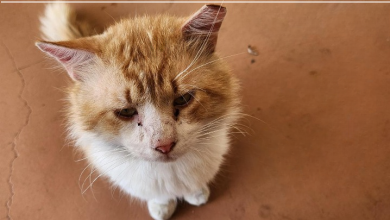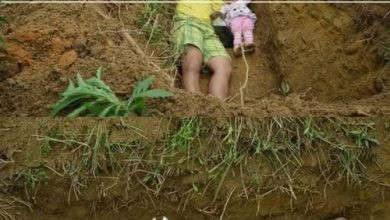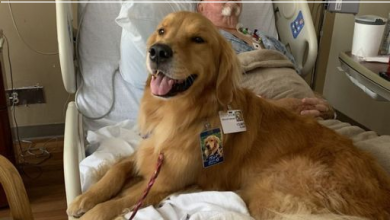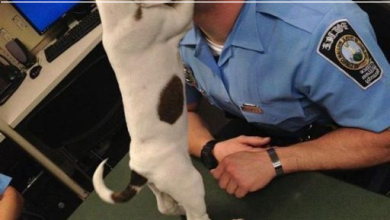On the side of the road, I discovered four boxer puppies, and one of them had a collar that completely changed the situation.
I Never Planned to Stop—But One Puppy’s Collar Changed Everything
It had already been a rough morning, and I was running late to meet a client. But when I passed four tiny boxer puppies huddled near a ditch on County Road 12—mud-caked, trembling, and clearly abandoned—I didn’t think twice. I pulled over.
No mom in sight. No homes nearby. Just the pups and a crushed cardboard box.
I bundled them up in my old hoodie, called to say I’d be late, and brought them home. After a bath and a nap on some towels, I figured I’d post in a lost pet group and get them scanned for microchips.
That’s when I noticed something unusual. One of the puppies had a faded yellow collar. Tucked beneath the clasp was a small tag with just two hand-written words: “Not Yours.”
It sent a shiver down my spine.
I showed the tag to my friend Tate, a vet tech. He went quiet. Said he’d seen something like it before but wouldn’t say where. When I pressed, he finally warned me: “These puppies might not be as ‘lost’ as they seem. Be careful who you tell.”
That’s when I realized this might be more than just an innocent rescue.
I locked my doors that night. The phrase “Not Yours” kept replaying in my head. Who would leave that kind of message—and why?
Tate came over later with a microchip scanner. Three puppies weren’t chipped. But the one with the collar was. The chip led us to a vet clinic several counties away. When I called, they told me the dog hadn’t been registered in years—and the owner info was gone.
Years? These pups were barely two months old.
Tate finally explained: “There are people who breed dogs for dark reasons—like fighting rings. That tag might’ve been a warning. Someone probably didn’t want these pups traced.”
I felt sick. I kept the pups hidden, terrified someone might come looking.
A few nights later, I heard a truck outside. Two men got out, one carrying a flashlight, the other what looked like a leash. I turned off the lights and hid with the pups in the bathroom. I texted my neighbor Jessa, asking her to call the sheriff if anything strange happened.
The men knocked once, tried the doorknob, and then spoke quietly outside.
“They’re not here,” one muttered. “Some kid probably took ‘em to the pound.”
“If they’re still alive, we’ll find ‘em,” the other growled.
Alive. That word haunted me.
They eventually left, and the sheriff came soon after. He was skeptical but agreed to keep an eye out.
Despite Tate’s warning, I posted the pups’ pictures online—leaving out the collar detail. Most replies were kind, offering help or adoption. But one comment caught my eye. A woman named @DogMom92 wrote: “This pup looks just like Max. He vanished six months ago.” She included a photo—same yellow collar.
She told me Max had escaped during a thunderstorm and was never found. He’d fathered several litters before she adopted him.
It all started to click: breeding. Disappearance. Suspicious tag.
I shared the story with the sheriff. At first, he dismissed it—but after hearing the timeline and seeing the collar, he took it seriously.
A week later, deputies raided a remote property and uncovered a horrifying scene: dozens of mistreated dogs, including Max. The suspects were arrested for animal cruelty and illegal breeding.
When @DogMom92 reunited with Max, she cried with joy—and offered to foster the puppies until they were old enough for adoption. “They’re part of Max’s family,” she said. “They belong with him.”
That day, I learned that sometimes doing the right thing means taking a risk. Those four boxer pups didn’t just need saving—they showed me how standing up for the voiceless can ripple into something much bigger.
If you ever find yourself wondering whether you should step in—don’t hesitate. You never know how far your courage might reach.




